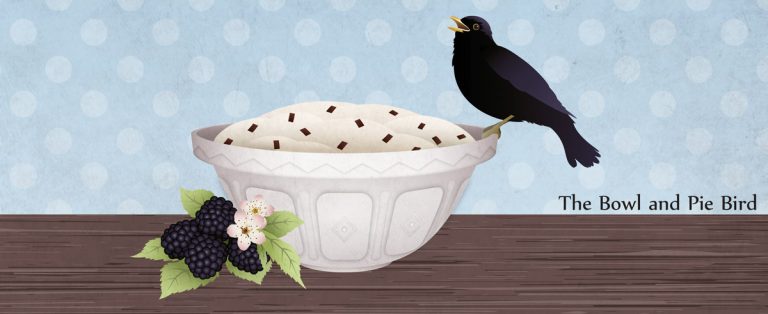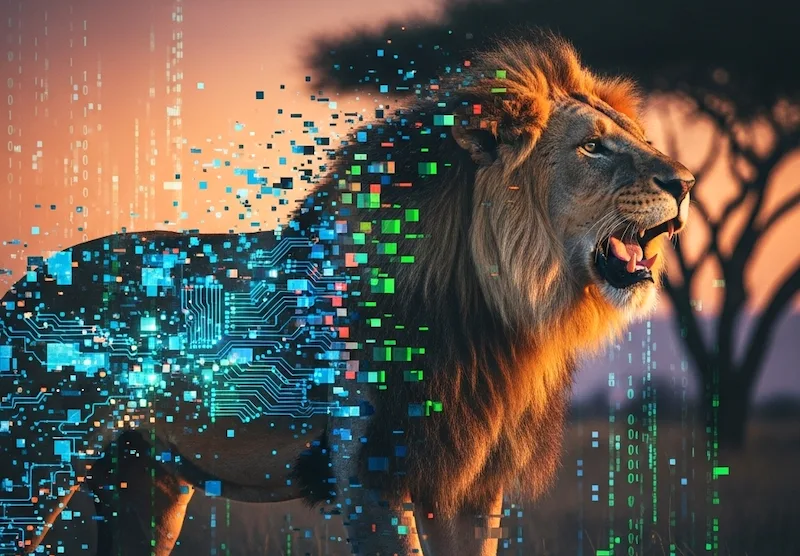In this week’s episode of the Global Rumblings podcast*, we looked back over the past 12 years — the positive changes for elephants, but also the challenges that remain. One issue we discussed was how social media has often worked against elephant welfare, turning exploitation into entertainment and spreading misleading ideas about what care and compassion really look like.
That conversation tied in perfectly with a recent article titled “The Hidden Animal Welfare Risk of AI-Generated Videos” by the British non-profit Wild Welfare.
The piece highlights a new and growing concern — the rise of AI-generated animal content.
AI can now create lifelike wildlife images and videos — elephants strolling on beaches, tigers cuddling dogs, chimpanzees having tea — but AI has no sense of what is real or ethical. These convincing fakes can:
- fuel demand for harmful animal tourism
- normalise unnatural, stressful behaviours
- spread myths that undermine genuine welfare and conservation messages
Over time, exposure to such content blurs the line between reality and fantasy, shaping how people think wild animals “should” behave — and ultimately putting real animals at risk.
But Wild Welfare also points out that AI is not automatically bad. Used responsibly and clearly labelled, it could become a tool for good, helping to show what proper welfare looks like or supporting ethical education. But the key is awareness and accountability.
For anyone wanting to learn more about how to recognise and report harmful animal content, I suggest reading more about the Social Media Animal Cruelty Coalition (SMACC), coordinated by the Asia for Animals Coalition. They have built a platform where you can report abusive or misleading posts and find practical guidelines on what to look for.
Ask yourself: could this photo or video really happen naturally? How likely is a python calmly wrapping around a small, defenceless kitten?
Together we can help make sure that what goes viral does not come at the cost of an animal’s suffering.
*I have been advocating for the welfare of captive elephants since 2013 through Elephants in Japan and, more recently, as host of the Global Rumblings podcast for Global Sanctuary for Elephants — something I hope to write more about here when time allows.
Photo copyright: Wild Welfare



